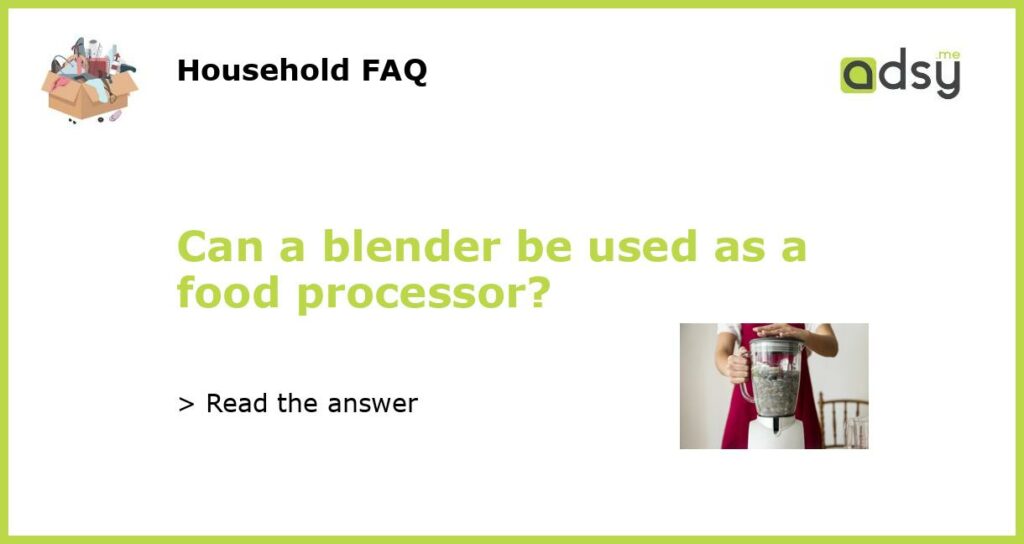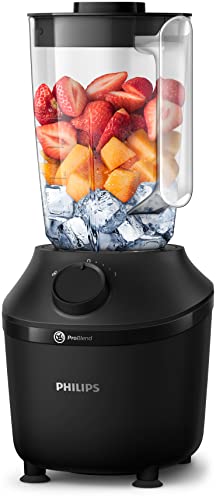Can a Blender Be Used as a Food Processor?
Blenders and food processors are two essential kitchen appliances that serve different purposes. While blenders are mainly used for blending liquids and making smoothies, food processors are designed to handle more tasks such as chopping, slicing, and shredding. However, in many cases, a blender can indeed be used as a food processor with some limitations.
Differences Between Blenders and Food Processors
Before understanding how a blender can be used as a food processor, it’s important to know the key differences between these two appliances. A blender typically has a tall, narrow container with a blade at the bottom. It is best suited for liquids and semi-liquids, such as soups, smoothies, and purees. On the other hand, a food processor has a wider bowl with various attachments like slicing discs and shredding blades. It excels at tasks like chopping vegetables, shredding cheese, and making dough.
Blender as a Food Processor Alternative
While a blender cannot completely replace a food processor, it can serve as an alternative in some situations. Blenders can effectively chop softer fruits and vegetables, such as bananas, berries, and tomatoes. By pulsing the blender on low speed, you can achieve a similar consistency to what a food processor would provide. However, it’s important to note that blenders may struggle with tougher or larger vegetables like carrots or potatoes.
Limited Functions of a Blender
A blender’s limitations become evident when trying to use it for tasks that require specific attachments commonly found in food processors. For example, shredding or slicing vegetables uniformly is difficult to achieve with a blender. Blenders also lack a thin slicing disc, which is essential for tasks like making thin potato chips or vegetable lasagna. Additionally, blenders do not have the necessary dough blades to effectively knead dough for bread or pasta.
Considerations for Blending vs. Processing
When considering whether to use a blender or a food processor, it’s essential to take into account the desired outcome. If you need a smooth and uniform texture, such as for a soup or a smoothie, a blender is the better choice. On the other hand, if you require precise chopping or slicing, a food processor with the appropriate attachment is necessary. It’s important to remember that a blender’s motor may not have the same power as a dedicated food processor, affecting its performance for certain tasks.
While a blender can be used as a substitute for some food processor tasks, it has its limitations. Blenders are best suited for blending liquids and making smoothies, while food processors excel at chopping, slicing, and shredding. When using a blender in place of a food processor, it’s important to be aware of its limitations and adjust expectations accordingly. Ultimately, it’s recommended to have both appliances in the kitchen to fully enjoy the benefits and versatility each has to offer.



![Breville Blend Active Personal Blender & Smoothie Maker | 350W | 2 Portable Blend Active Bottles (600ml) | Leak Proof Lids | White & Pink [VBL248]](https://m.media-amazon.com/images/I/41DZiJdllQL.jpg)


